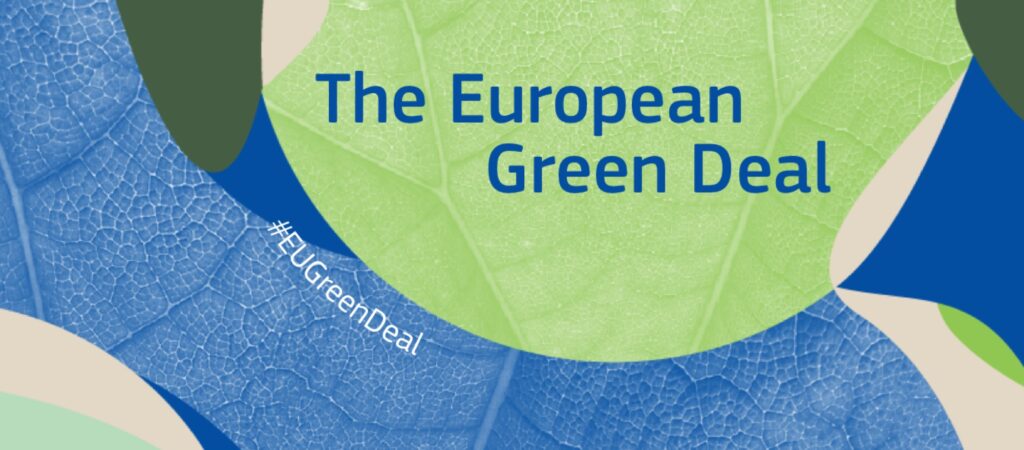European Green Deal

The European Green Deal: Leading the Charge Towards a Greener Future
Introduction
In an era where climate change poses one of the most significant challenges to our planet, the European Union has taken a bold step forward with the introduction of the European Green Deal. This ambitious policy initiative aims to make Europe the world’s first climate-neutral continent by 2050, transforming the EU’s economy and society to meet this challenge head-on. This blog post delves into the essence of the European Green Deal, exploring its objectives, key components, and the transformative impact it aims to achieve.
What is the European Green Deal?
The European Green Deal is a comprehensive action plan launched by the European Commission in December 2019. It outlines a set of policy initiatives with the overarching goal of achieving climate neutrality in the European Union by 2050. This means significantly reducing emissions of greenhouse gases to net-zero, balancing emissions that can’t be eliminated with measures that take an equivalent amount of carbon out of the atmosphere, such as reforestation.
Key Objectives
The primary objective of the European Green Deal is to combat climate change and environmental degradation, thereby providing a healthier, sustainable, and inclusive future for all EU citizens. It aims to:
- Achieve Climate Neutrality by 2050: Transforming the EU’s economy for a sustainable future.
- Decouple Economic Growth from Resource Use: Ensuring that economic growth is no longer linked with resource use.
- Leave No One Behind: Ensuring a just and inclusive transition for all regions and citizens.
Main Components
The European Green Deal covers a wide range of policy areas, including clean energy, sustainable industry, building and renovating, sustainable mobility, biodiversity, farm to fork strategy, and eliminating pollution. Some of the key components include:
- Clean Energy: Promoting the use of more renewable sources and phasing out coal.
- Sustainable Industry: Encouraging industries to become global leaders in clean and circular economy products and technologies.
- Building and Renovating: Increasing the energy efficiency of buildings.
- Sustainable Mobility: Boosting the use of sustainable and smart transport solutions.
- Biodiversity: Restoring Europe’s ecosystems and protecting its biodiversity.
- Farm to Fork: Making food systems more sustainable and ensuring healthy food for all.
- Eliminating Pollution: Aiming for a toxic-free environment.
Impact and Challenges
The European Green Deal is not without its challenges. It requires significant investment, both public and private, and there are concerns about the social and economic impacts, particularly in regions dependent on high-carbon industries. However, the potential benefits are substantial, including:
- Healthier Lives: Reduced air pollution leading to significant health benefits.
- Economic Growth: Boosting the economy through green technologies and sustainable solutions.
- Job Creation: New job opportunities in the green sector.
- Environmental Protection: Preserving natural habitats and biodiversity.
Responses